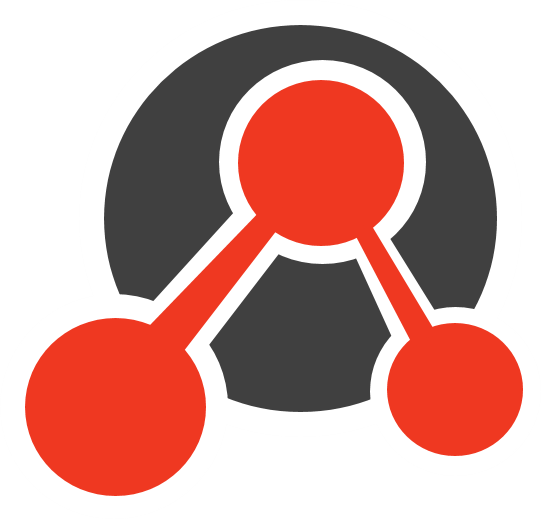Cross-Functional Communication Handbook
The ability to relate and communicate with a diverse group is an invaluable team-building skill for leaders, project managers, and work teams. Program management in particular requires leaders to work on a peer-to-peer basis, creating the buy-in of multiple teams and rallying them to move in the same direction.
As a technical lead, business leader, project manager, and company owner, I’ve learned the art of relationship building through communication. I’ll share the five considerations I use as a program manager to build teams and cultivate a communicative, collaborative project and work culture.
Photo by Helloquence on Unsplash
#1: You don’t have to be the expert. People don’t expect you to know everything about their work. But, they do expect you to know enough that you can communicate properly and convince them that what you’re trying to do is in their best interest and that of the organization. If you try to play at the level of a functional-area lead, individual contributor, or otherwise, you’ll lose. These people live in the work, so have domain knowledge that you simply don’t. Respect that.
Your strength comes when you have a broad understanding of the landscape and can work with stakeholders and help them appreciate how following a process will make their work better, or easier. Remember, you’re not there to tell anyone how to do their job; your role as a leader is to help make people’s work easier.
#2: Adapt to your audience. Learn to speak with a diverse audience and adjust your presentation style and approach to the person you’re speaking to. People often make the mistake of speaking to an executive the same as a mid-manager contributor.
#3: Be respectful of people’s time. Upper-management leaders’ time is valuable, and they don’t want nor need to be drug through the weeds to make a decision. When you meet with an executive, keep the conversation concise and come prepared to present them with decision-making options, and their consequences. This means you must do your research before you present; this is what they expect of you.
Photo by Štefan Štefančík on Unsplash
They expect that you’ve spoken to all stakeholders, understand the landscape of the situation, and have considered all the avenues to take and the potential implications of each before you meet with them to make a judgment call. This exponentially increases the value of their time as a decision-maker and allows them to simply weigh the pros and cons of the information you’ve shared in order to make a decision, rather than try to synthesize tons of evidence themselves. It also enhances your value as you are counted on as someone who can increase his or her capacity.
#4: Meet people where they’re at. Each person is going to be different based on their experience level, their skill area, or overall expertise. For example, an engineer with 20-plus years of experience likely only needs to be told the goal of a project or what’s expected of them, and then be given the freedom to approach the problem with what they see to be an appropriate solution.
On the other hand, a younger engineer may need more direction. They likely need more specific deadlines, advice as to an appropriate approach, and/or information on who to contact for questions or to brainstorm should he or she have questions (for example, the more-experienced engineer).
In the One Minute Manager, Kenneth Blanchard Ph.D suggests that leaders adjust their management style to fit the audience---I try to do this myself as a program manager.
#5: Build bridges. Silos develop in organizations based on the history of the company and its leadership. Team building is always a challenge because it’s much easier to talk to people who are like you: engineer-to-engineer, finance-to-finance, for example.
To be effective, you must get different people to talk to each other and understand the importance of talking to one other. This often means that you must be the bridge between people to explain, “This is what we need and this is what we need from each of you to make sure this happens.” In small organizations, it’s much easier to break these barriers. But as companies grow, the office politics inflate as well, which makes this job more difficult. The skill to get different people to collaborate is invaluable. This typically comes through the development of trust, and the best way to earn trust is to listen. Understand where people are coming from, and then do your best to present solutions to help them.
Rafael Molano is a project- and program-management professional who enjoys leading and transforming companies with technology and electric-energy solutions. His engineering background, coupled with education in finance and business, gives him perspective to navigate relationships between diverse teams with ease.
He’s helped design and implement long-term business and change management strategies for organizations, such as Bonneville Power Administration, and has partnered with companies to successfully execute M&A and investment strategies. Rafael appreciates the executive-level perspective of decision-making responsibilities, having served as partner at Woodside Capital Partners, COO for Blue Bamboo, and COO and CFO at ecMarkets respectively.



